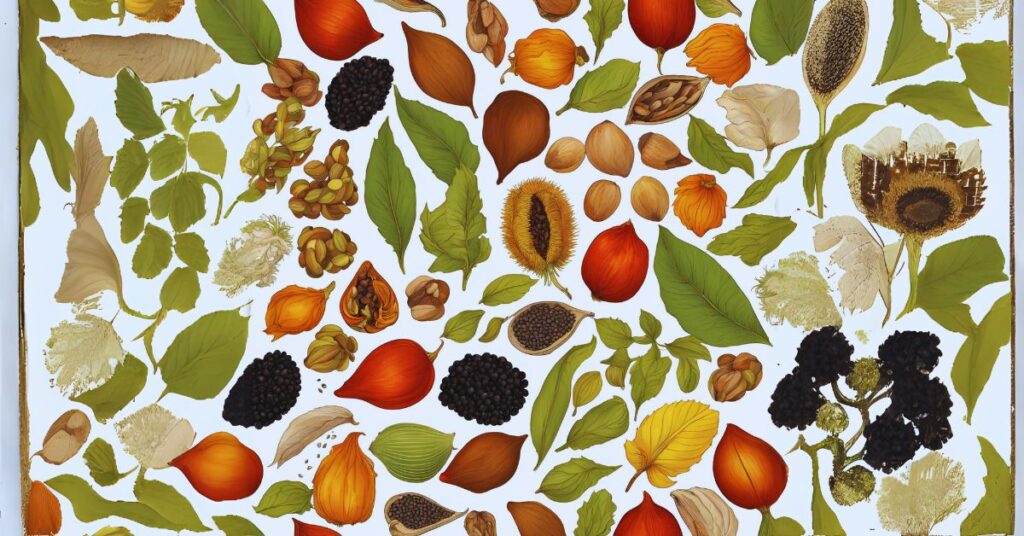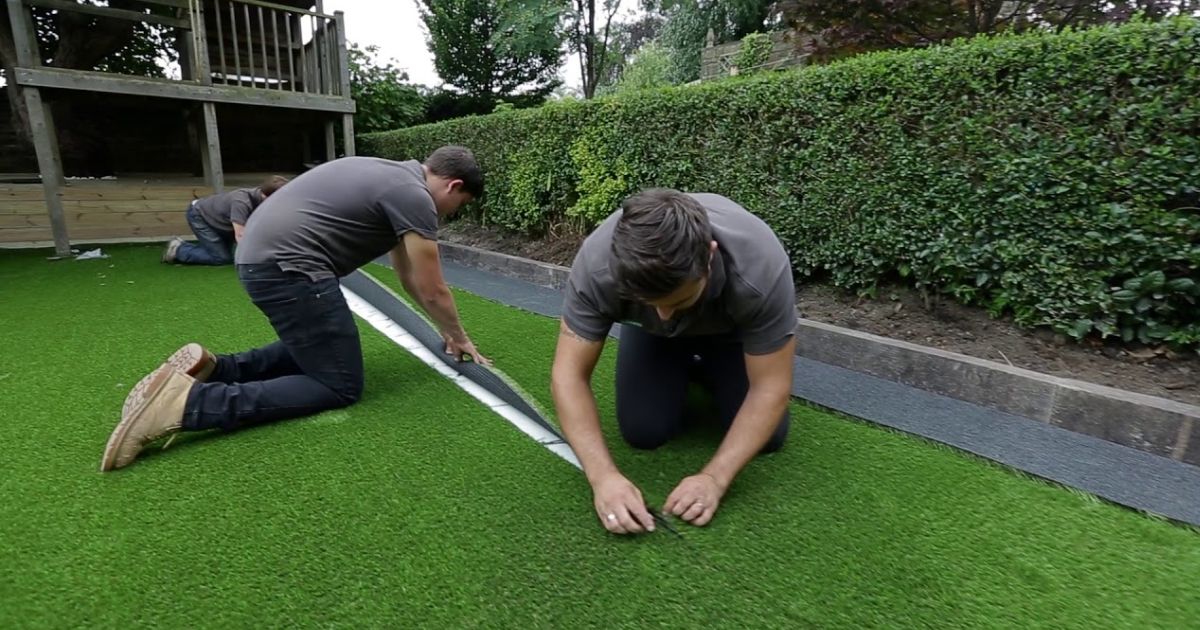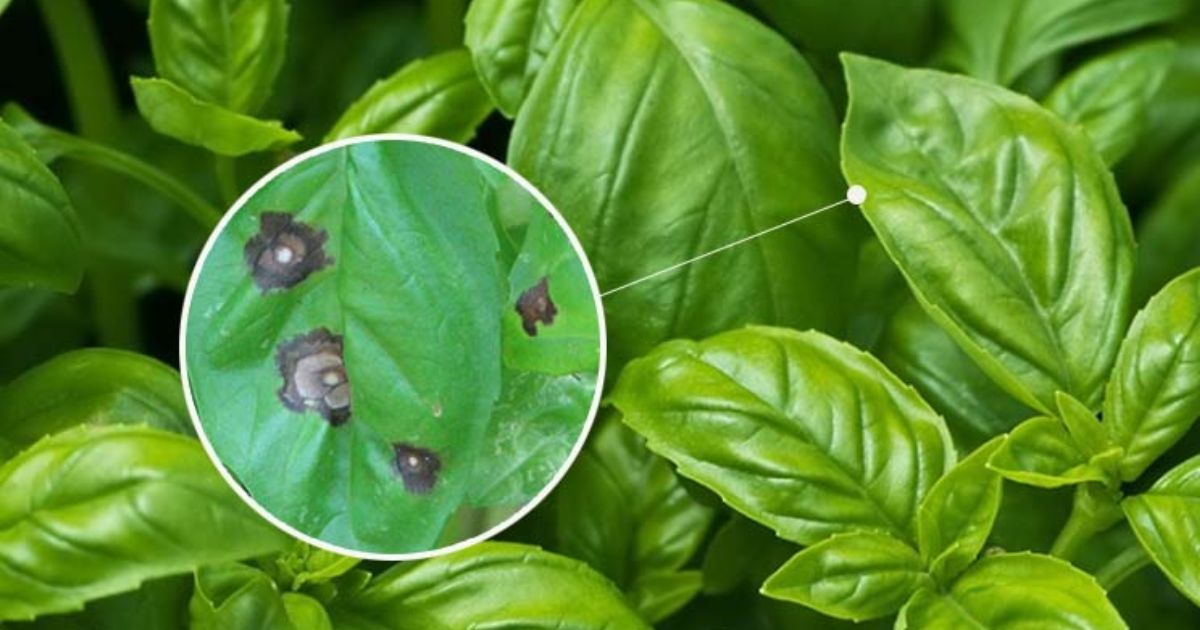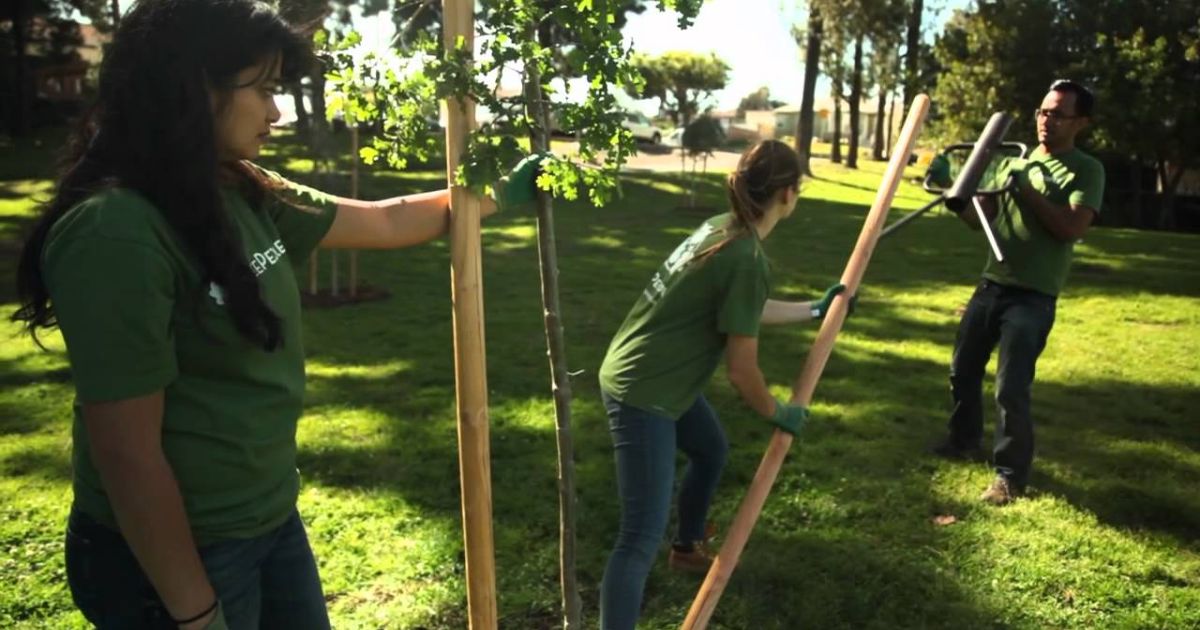A guide to saving and storing seeds is easy; now is the perfect moment if you haven’t done it yet! Tomato, pepper, cucumber, pumpkin, and other plant seeds can be saved for the following year in your garden. I’m breaking down all of my methods for effective seed saving in one post.
Why I Love Saving Seeds?
For extra growth advice, read my piece on how to prevent cross-pollination while preserving seeds. I adore preserving seeds because they are a great way to save money and provide stability.
I can sustainably cultivate food for our table for years because I can grow my food and keep the seeds. It’s a wonderful and thrilling experience.
If you have watched me on YouTube, you know my passion for seeds and extensive how to collect and store nasturtium seeds?
There isn’t much frivolity in my life. But because I love seeds so much, I have a sizable seed collection. Read this post to discover how I shop for seeds. You’re in the correct place if you want to learn how to begin gathering your seeds.
Choosing the Right and How to Save Plant Seeds?
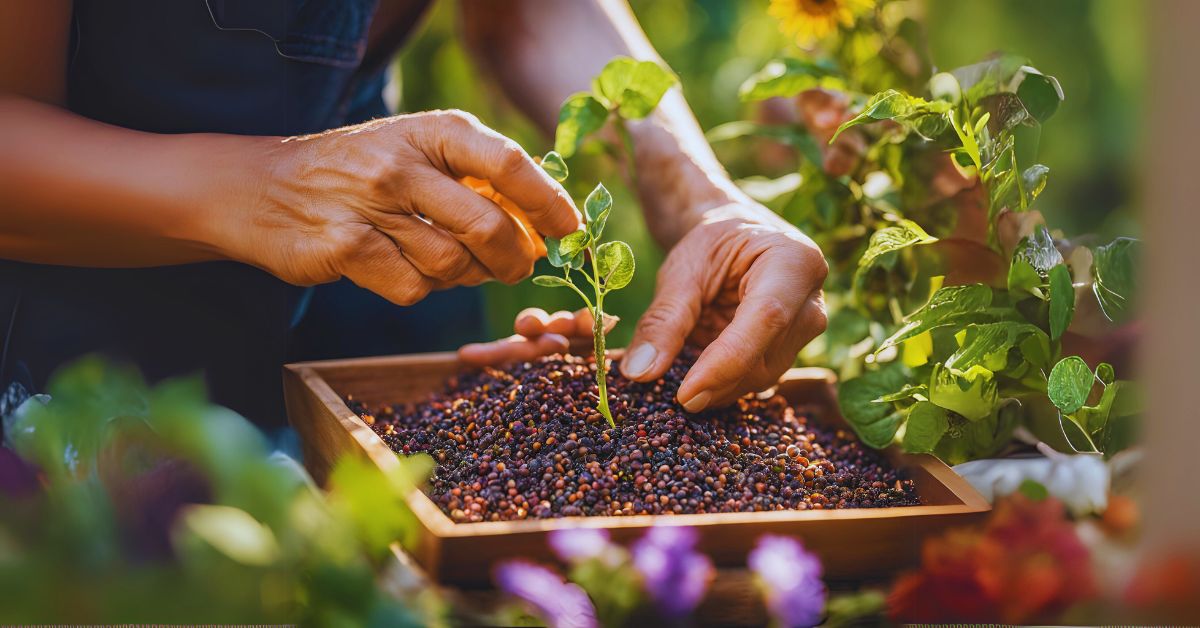
Select heirloom plant varieties from which to conserve seeds for future gardens. In contrast to current hybrids, which are frequently unstabilized and yield either sterile seeds or grow plants with different traits than the parent plant, heirlooms are stabilized types, meaning that the seeds will grow the plant you anticipate. Heirloom cultivars are, therefore, the ideal option for preserving seeds. For a thorough analysis of where to get heirlooms, see my page on where to buy heirloom seeds.
Why & How to Avoid Cross Pollination When Saving Seeds?
Cross-pollination may naturally occur in your garden, producing hybrid seeds rather than pure, fertile ones.
See my money-saving trick, the four best ways to prevent unwanted cross-pollination, and what to do if you’re unsure whether your fruit was cross-pollinated.
How to Store Vegetable Seeds for Next Year?
You must let the greens and root crops bolt to harvest the seeds. Here’s how to preserve the seeds of broccoli, lettuce, beets, carrots, radishes, and even some flowers.
Bolting is letting the plant reach the point when it produces blossoms after it has outgrown its edible stage.
- Allow the plant to bolt.
- Let the flowers grow and die back.
- Once the flowers are dry, cut them using a white piece of report (a paper plate works, too) to catch the seeds as they’re removed from the flowers.
Each tiny seed you’ve gathered will grow into a new plant. The multiplication that occurs when seeds are saved is fantastic.
How to Keep Seeds for Next Year?
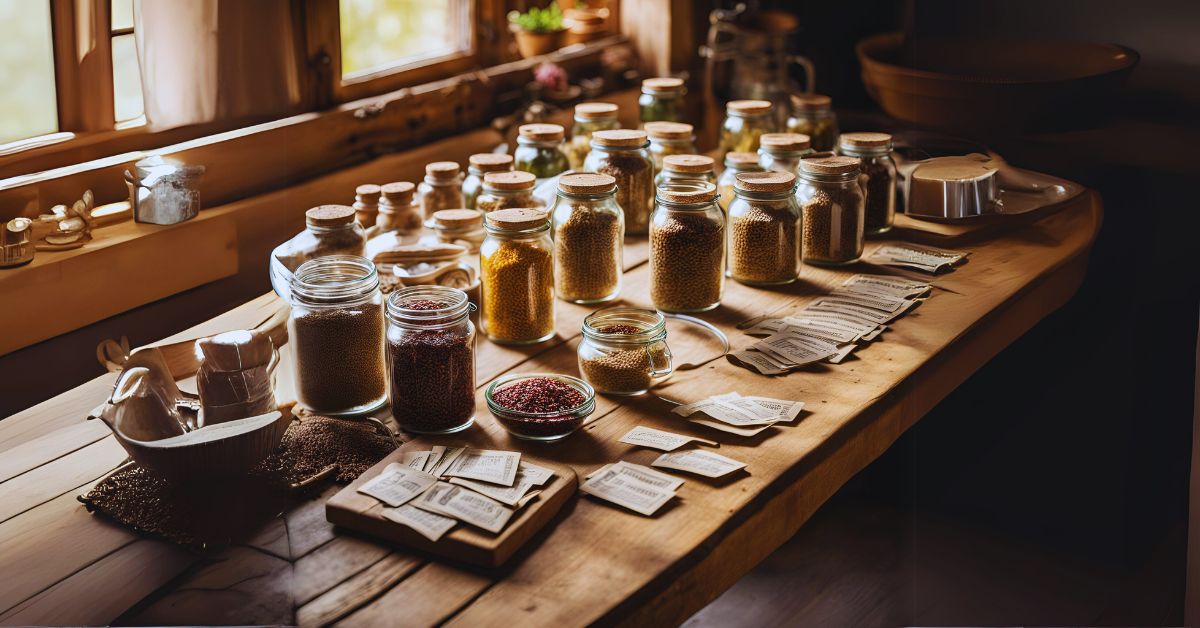
I rarely save their seeds since many of my flowers and plants are perennials. They usually include so many seeds in a package that I haven’t needed to.
The procedure is the same as for vegetable seeds above, but it is different if you preserve seeds from flowers and herbs.
For example, I break off the pod when my basil has flowered, and the stalk containing all the blooms is drying up. After that, I spread the stalk out on a paper towel to dry it entirely. I then remove the blossoms from the pod and store them in a baggie.
I sprinkle those flowers into my soil to plant them the following year because I haven’t had time to separate all the tiny seeds from the blossoms. It’s pretty effective!
How do you Store Seeds Long Term and How do you Save Pepper Seeds
Preserving pepper seeds is simple. To ensure the seeds are fully formed, leave the fruit on the vine until it is ripe and full-sized. You don’t want to wait until the skin is decomposing, as it will begin to wrinkle a little.
After picking the pepper, remove the top. Then, remove the seeds onto a sheet of paper and let them dry entirely on the counter for a day or two. They can now be stored.
How to Store Flower Seeds for Next Year and Choose what Seeds you Want to Save
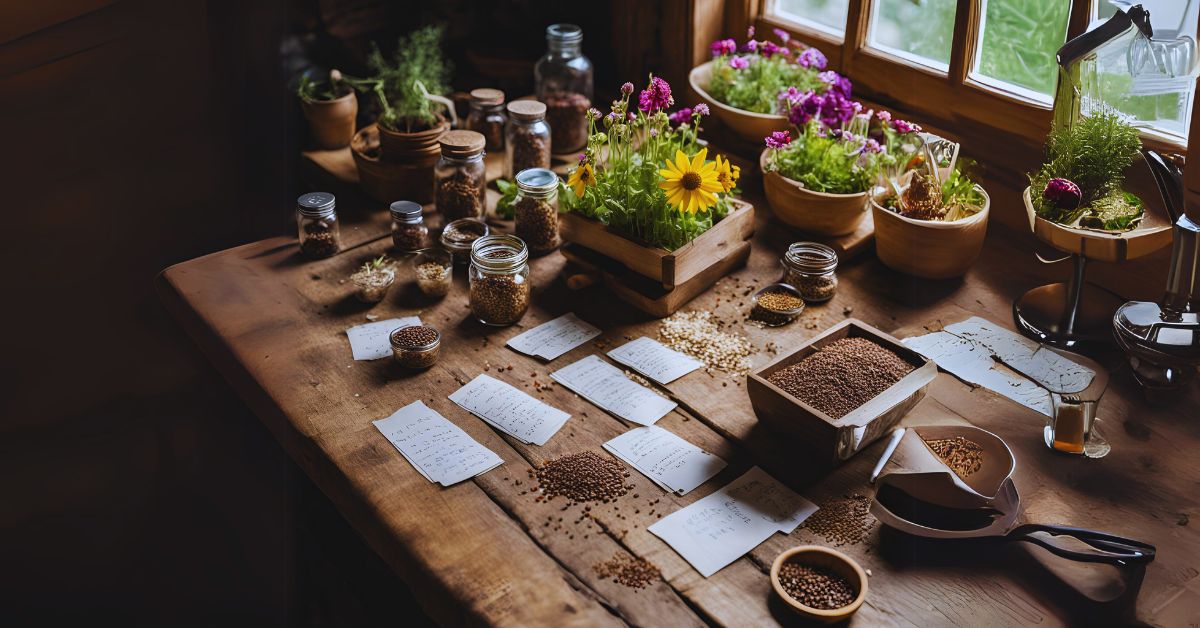
Selecting open-pollinated types is crucial when preserving vegetable seeds. Seeds from open-pollinated types produce plants that look like their parent plants. F1 hybrid seeds, on the other hand, combine characteristics from two distinct parents and are the result of crossing two separate kinds. Various plant kinds will be produced from seeds derived from F1 hybrids. Can you save hybrid seeds? Most of them will be subpar compared to the parent plants.
Plant pollinators can be broadly classified into insect, wind, and self-pollinating. Because they hardly ever cross-pollinate, self-pollinating plants—like tomatoes, peppers, beans, lettuce, peas, and broccoli—are the easiest to keep seed from. Biennial crops like beets and carrots require two seasons to set their seeds, making self-pollinating seeds more challenging to maintain.
Cucumbers, melons, corn, pumpkins, gourds, and squash are the crops easily cross-pollinated by wind or insects. You can only cultivate one variety of these plants per season to preserve viable seeds.
How to Save Seeds for Planting and Seed Storage Tips
Here are some tips to extend the life of seeds:
- Lowering humidity is the most crucial element in extending the life of seeds. Generally, the ideal relative humidity for storing seeds is less than 60%. Seeds should not be kept in garages or sheds where they might be subjected to high summer humidity.
- Keep your seeds out of direct sunlight and in a cool, dry place. If your seed is exposed to temperatures above 90 degrees Fahrenheit, its viability for upcoming planting seasons will be significantly reduced.
- Seeds can be kept in wax or paper envelopes, plastic bags, and sealed containers. When storing seeds, ensure moisture is not trapped inside sealed containers. If condensation accumulates inside the jar or container, there may be a problem.
- A refrigerator is an excellent choice for collecting seed because it can prolong their storage life by several years. Seeds should be kept in a sealed container in the fridge. After removing the seeds from cold storage, allow the container to get to room temperature before opening it to prevent condensation on the seeds inside.
- If you have grown and collected the preserved seeds, ensure they are scorched before storing them.
- Perform a germination test to determine viability before planting.
Expected Storage Life
Even under ideal circumstances, the anticipated shelf life of seeds varies. The seeds of parsnips are infamously short-lived. The foods most benefit from cautious treatment are tomatoes, lettuce, beans, and peas. Remember that a seed’s vitality and germination decrease with age. To adjust for a lower percentage of seedlings that may germinate after several years of storage, some people decide to directly seed at a higher pace or mix in new seeds with the old. During our South Dakota growing season, time is of the essence, and nobody wants to run out of their favourite vegetables or flowers!
You might be surprised to learn how long seeds last. Commercial seeds can frequently be successfully used for several years after the “sell by” date if they are correctly stored. In addition to saving money by avoiding buying new seeds each year, this lets you keep your preferred types in case of supply problems the following season. When stored correctly, the anticipated shelf life of several common vegetable seeds is listed below.
The Best Way to Keep Seeds | Things to Consider
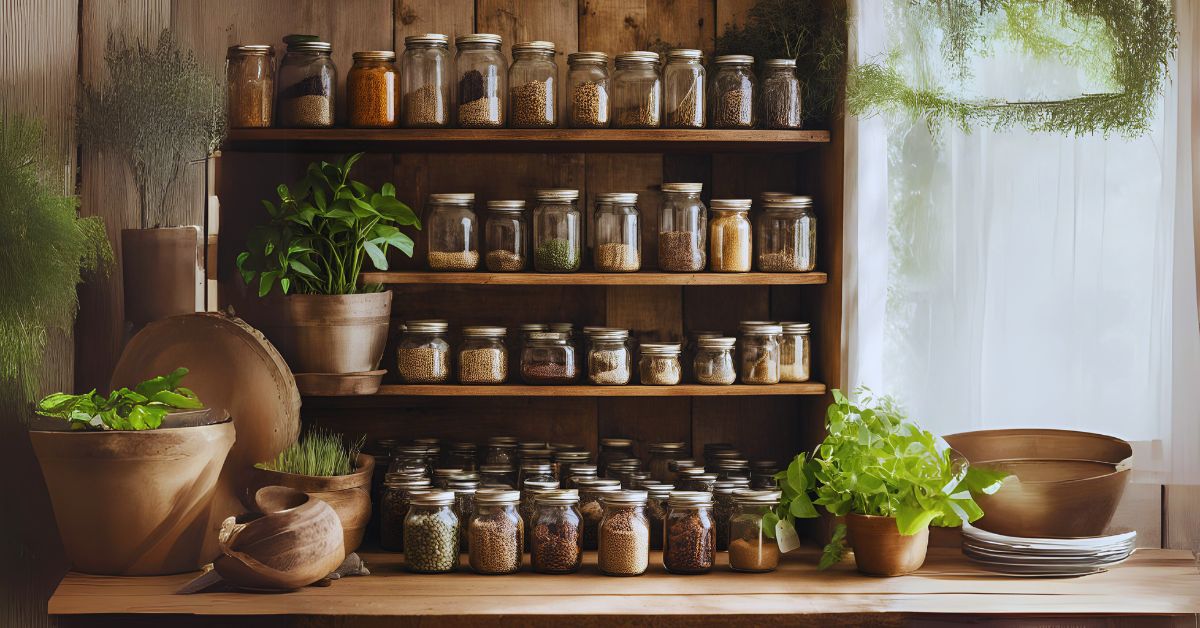
When deciding to use old seed, factors must be considered, mainly if profit is an issue. Vegetable crop performance depends on the vigour of the seeds, which affects everything from germination rates to overall plant health and crop yield. A plant cultivated from old seed may be impacted throughout its life cycle. Fresh seeds typically show more vitality than carryover seeds, which may have lower germination rates and be more susceptible to disease if kept in storage for an extended period.
These problems highlight the importance of properly storing and using seeds on time. High seed vigour results in a robust and even crop stand, guaranteeing quick, consistent emergence and development under various field conditions.
- Delayed Germination and Emergence: Low-vigor seeds take longer to germinate, which causes uneven crop stands and increases the plants’ susceptibility to weed interference. Smaller plants that take longer to establish themselves are frequently seedlings.
- Increased Disease Susceptibility: Weaker seeds are more susceptible to soil infections, which can increase the likelihood of seed rot and seedling blights, weaken stands, and lower plant yields.
- Reduced Stress Tolerance: Vigorless seeds are less able to tolerate environmental challenges like cold or moisture, which results in poor seedling development and growth and, ultimately, lower crop output and uniformity.
- Economic Impact: Due to the necessity of more excellent seeding rates to reach desirable stand densities and additional spending on fungicides and pesticides to counteract the increasing pressures from disease and pests, low-vigour seeds can result in higher agricultural expenses. In the end, this leads to decreased yields and profitability.
Achieving high-quality harvests and optimizing output depends on carefully choosing and evaluating seeds to ensure high vigour. Maintaining the health and vitality of collecting seed is essential for improving agricultural operations’ overall productivity and efficiency. Using old seed is rarely a deal breaker for most backyard gardeners, but few situations could disappoint you.

